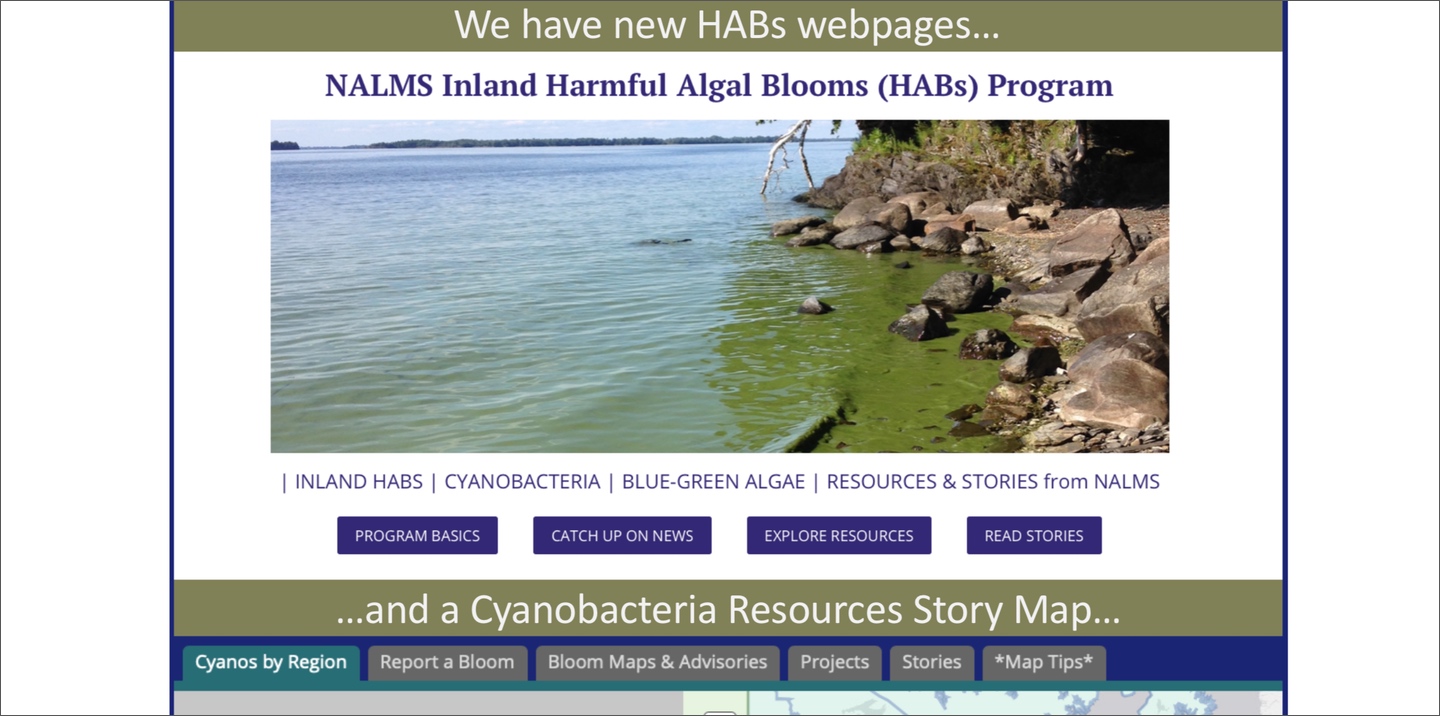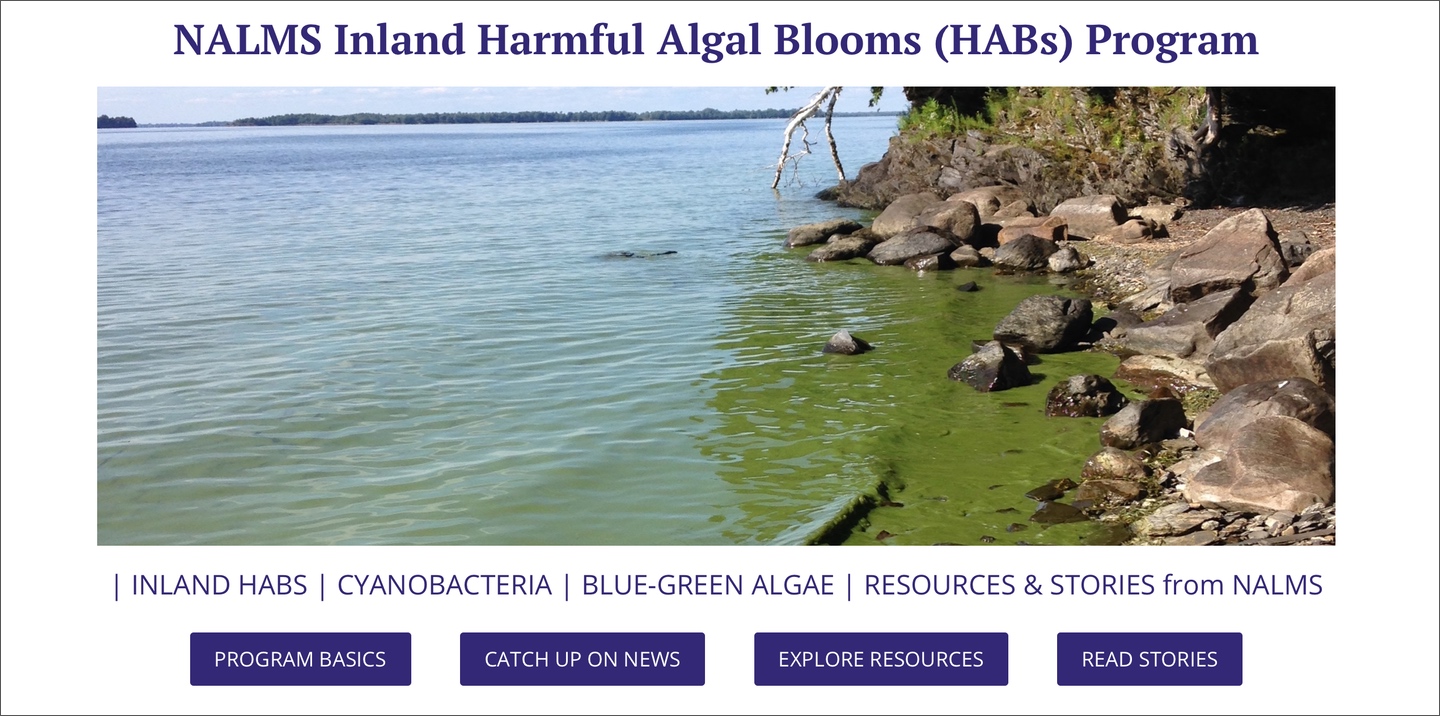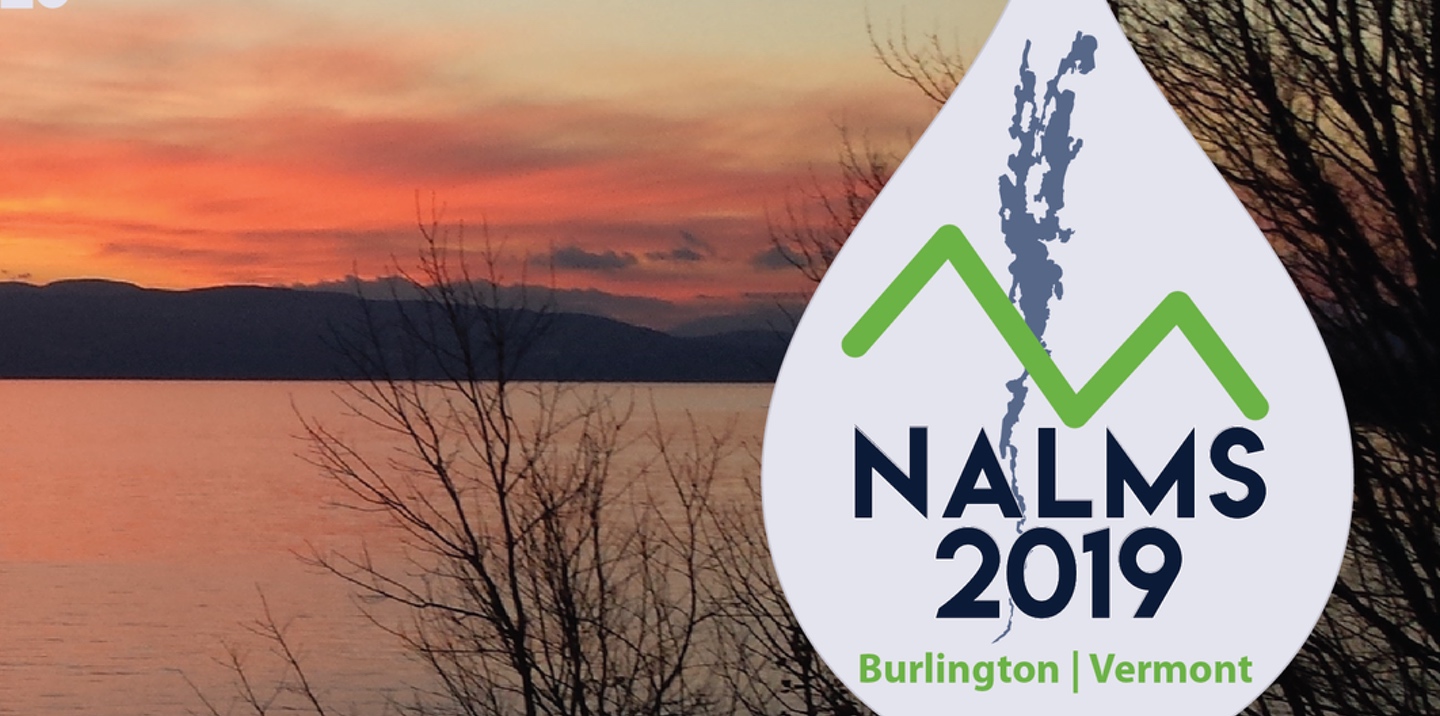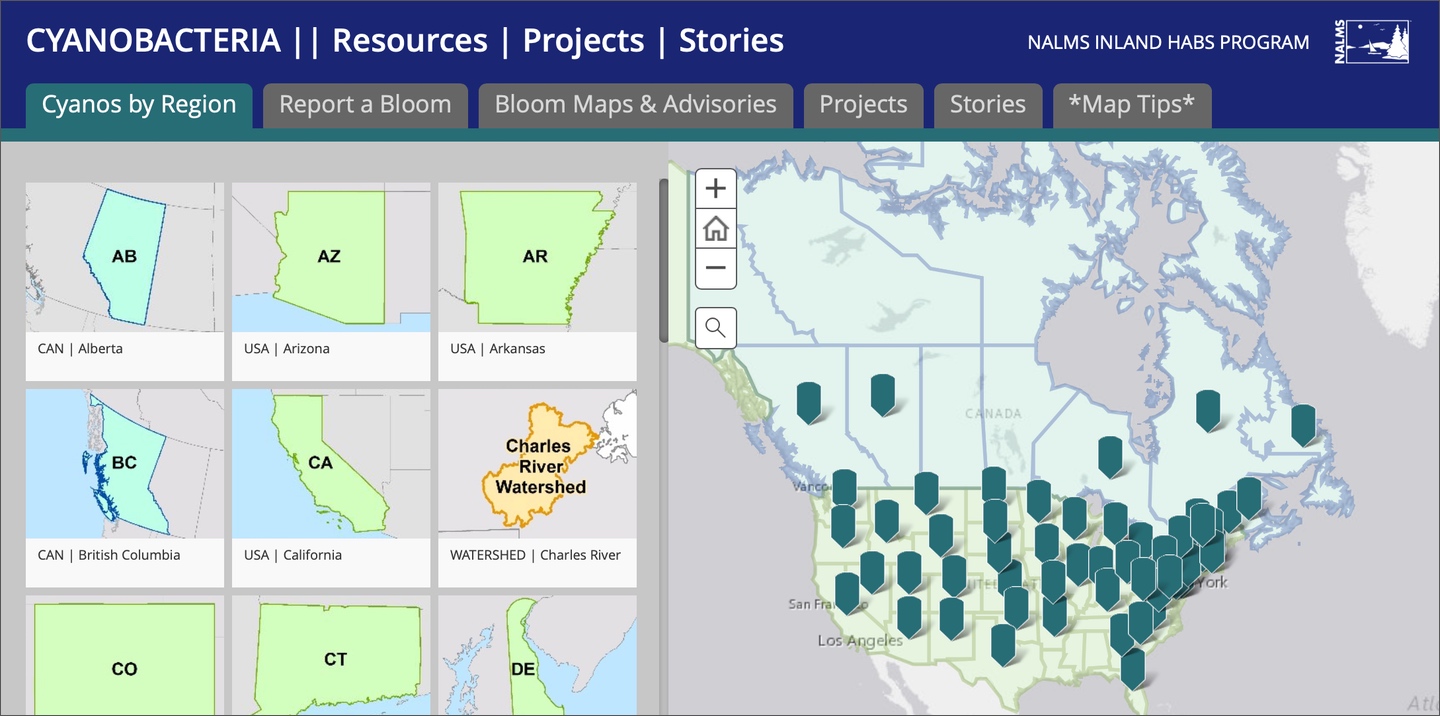President’s Message — September / October 2019
As we usher in fall and the calendar year starts to wind down, we are looking ahead for the year to come. 2020 is a special year for NALMS – a year to celebrate all of the accomplishments in our 40-year history as a society fostering lake science and management. To celebrate this benchmark anniversary, we hope to share 40 years of stories with all of members about how NALMS has impacted lives over our history. To do this, we need your help!
Please consider sharing your stories, photos, and memories about what NALMS means to you and how it has influenced how you ...
NALMS Supports Secchi Day on Beaver Lake
On Saturday, August 17, 2019, Beaver Water District held their 14th annual Secchi Day on Beaver Lake! We were very excited for NALMS to have such a significant presence at this year's event. Our President, Sara Peel, was able to attend to show our support. In addition, the NALMS/Secchi Dip-In booth was manned by our Past President, Reed Green, and past Region 6 Director, Brad Hufhines.
This year's event was the largest ever with over 800 participants. This number represents participants at the festivity (723), plus a record number of volunteer science teams (38) that ...
Student Video Series: “Lake Management – Chemical and Physical Alterations”
NALMS is seeking student-produced videos of "Lake Management - Chemical and Physical Alterations" for inclusion in the video series hosted on the NALMS YouTube channel and website.
In addition to the basic requirements in the Video Evaluation Rubric, this video can cover:
Defining lake management
Definition of chemical-physical alterations
General examples with pros and cons OR a case study with key requisites (e.g., only recommend in soft water) and/or assumptions (e.g., no drastic water level fluctuation)
Conclusion
References cite and additional ...
Partnerships: Source Water Collaborative (SWC) Mid-Year Update
NALMS is a member organization of the Source Water Collaborative.
SWC Members,
As co-chair, one of my goals is a mid-year update on the Source Water Collaborative’s (SWC’s) Action Plan and progress, so I wanted to take a few moments to summarize our work this past year for all members. In our first year with member financial contributions, I think it’s an important opportunity to provide a big picture perspective, so everyone understands the sum of our efforts and collaboration.
The SWC helped promote effective working relationships for Farm Bill ...
Looking Back on Lakes Appreciation Month 2019
As it does every year, we blink … and Lakes Appreciation Month, celebrated annually in July, is over! With ever-growing threats like climate change, invasive species, growing population, and more … it’s never been a more important time to bring the issues that affect our freshwater resources to the forefront. All life needs water; let’s not take it for granted!
Highlights from Lakes Appreciation Month 2019 include:
Our members and supporters got the word out for Lakes Appreciation Month by hosting lake shoreline clean-ups, Lake Appreciation community ...
President’s Message — July / August 2019
As we start wrapping up summer sampling, NALMS encourages you to consider joining one of our committees to fill your fall free time! NALMS committees and programs have been active this year – read on to learn more.
Development: Ellen Preece and Lisa Borre and the development committee are putting the final touches on NALMS’ inaugural development plan. The plan details the future development goals for NALMS including on-going efforts to increase funding for Secchi Dip-In expansion, Lakes Appreciation Month, and student programs including travel grants to the ...




